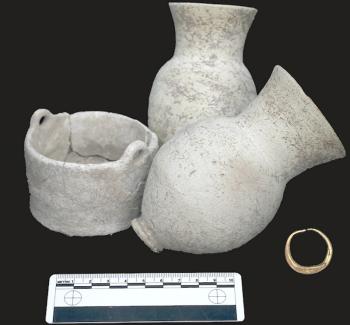American Journal of Archaeology | The Journal of the Archaeological Institute of America
You are here
Babylonian Encounters in the Upper Diyala River Valley: Contextualizing the Results of Regional Survey and the 2016–2017 Excavations at Khani Masi
July 2019 (123.3)
Babylonian Encounters in the Upper Diyala River Valley: Contextualizing the Results of Regional Survey and the 2016–2017 Excavations at Khani Masi
Kassite Babylonia counts among the great powers of the Late Bronze Age Near East. Its kings exchanged diplomatic letters with the pharaohs of Egypt and held their own against their Assyrian and Elamite neighbors. Babylonia’s internal workings, however, remain understood in their outlines only, as do its elite’s expansionary ambitions, the degrees to which they may have been realized, and the nature of ensuing imperial encounters. This is especially the case for the region to the northeast, where the Mesopotamian lowlands meet the Zagros piedmonts in the Diyala River valley and where a series of corridors of movement intersect to form a strategic highland-lowland borderland. In this paper, we present critical new results of regional survey in the Upper Diyala plains of northeast Iraq and excavations at the Late Bronze Age site of Khani Masi. Not only do our data and analyses expand considerably the known extent of Babylonia’s cultural sphere, but also the monumental character of Khani Masi and its wider settlement context prompt a fundamental rethinking of the nature and chronology of Babylonian presence in this transitional landscape. As such, this paper contributes an important new case study to the field of archaeological empire and borderland studies.
By Claudia Glatz, Jesse Casana, Robin Bendrey, Emma Baysal, Daniel Calderbank, Francesca Chelazzi, Francesco Del Bravo, Neil Erskine, Mette Marie Hald, Elise Jakoby Laugier, Eric Jensen, and Elsa Perruchini
American Journal of Archaeology Vol. 123, No. 3 (July 2019), pp. 439–471
DOI: 10.3764/aja.123.3.0439
© 2019 Archaeological Institute of America


